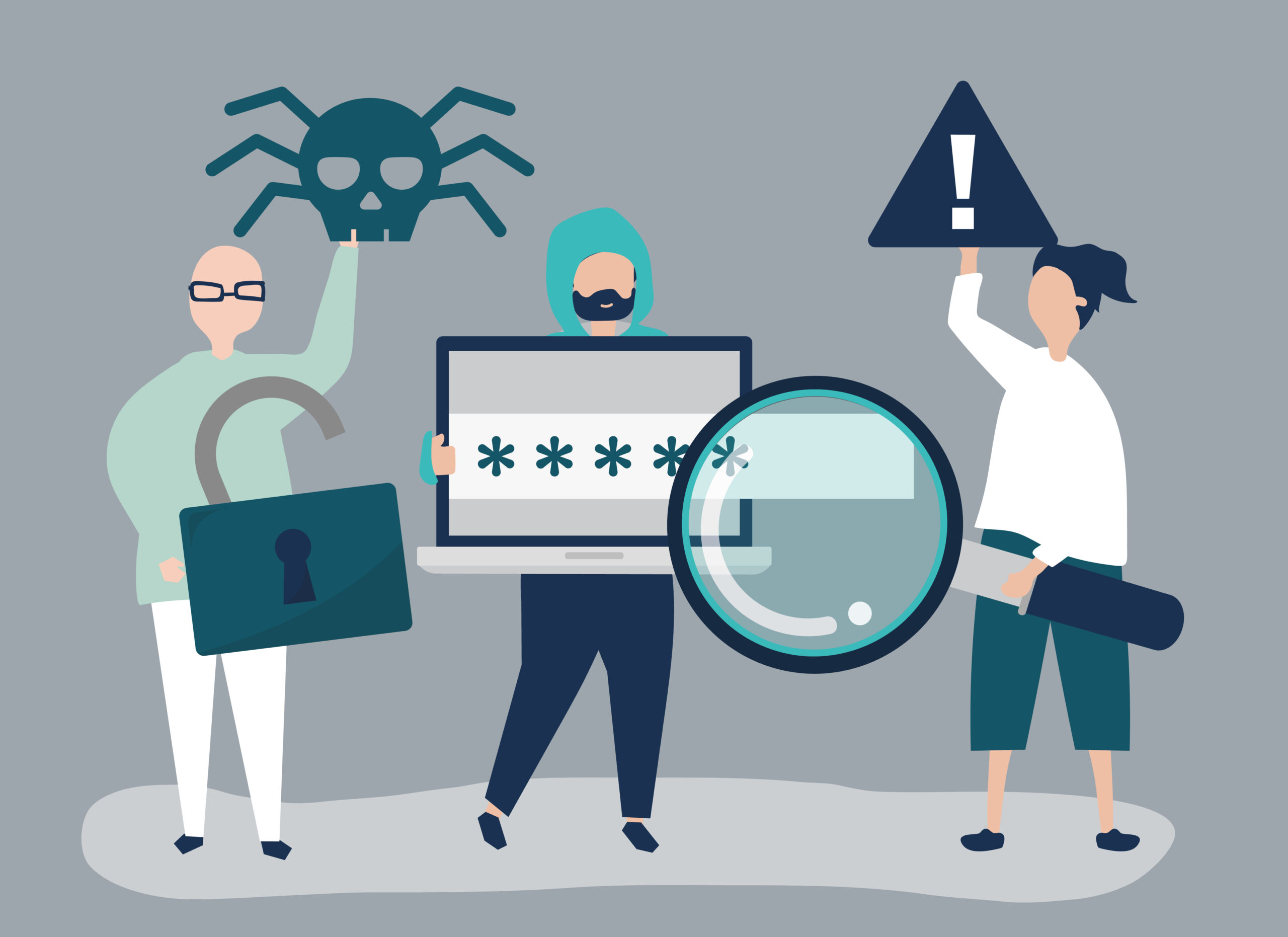In today’s hyperconnected economy, cybersecurity has evolved from a purely technical function into a strategic business imperative. India’s banking, financial services, insurance (BFSI), and corporate sectors are custodians of vast financial assets and sensitive personal and corporate data. A breach in these sectors is no longer merely an IT failure, it can trigger financial loss, reputational damage, regulatory scrutiny and erosion of stakeholder trust.
Paradoxically, despite substantial investments in firewalls, intrusion detection systems, encryption and AI-based monitoring, the majority of successful cyberattacks exploit the human element rather than technical vulnerabilities. Employees, partners and customers often represent the weakest link in the cybersecurity chain. It is not merely systems that are compromised; it is the humans who operate and interact with them.
The Evolving Threat Landscape
Cyber threats in the BFSI and corporate sectors are increasingly sophisticated, targeted, and industrialized:
- Ransomware-as-a-Service (RaaS): Cybercrime has become commoditized, enabling even relatively inexperienced attackers to launch complex ransomware campaigns against financial institutions and corporates, often demanding crippling ransoms.
- Phishing and Deepfake-Fueled Fraud: AI-generated emails, cloned voices, and deepfake video calls are now routinely used to impersonate executives, authorize fraudulent transfers and manipulate staff.
- Third-Party and Supply Chain Vulnerabilities: Enterprises increasingly rely on fintech providers, SaaS platforms and outsourcing partners. A single vulnerable vendor can expose the entire ecosystem to cascading risks.
- Insider Threats: Both inadvertent errors and malicious acts by employees or contractors are responsible for a growing share of breaches.
- AI-Augmented Attacks: Cybercriminals leverage artificial intelligence to automate phishing campaigns, generate highly personalized social engineering content, and bypass traditional anomaly detection mechanisms.
These threats are not hypothetical. Indian banks have reported losses running into crores due to compromised employee endpoints, while corporates have been targeted with sophisticated spear-phishing campaigns that closely mimic legitimate communications.
The Human Element
Empirical data consistently demonstrates that over 80% of cyber breaches globally involve a human factor, whether through stolen credentials, phishing or social engineering.
Within BFSI institutions:
- A staff member clicks on a phishing email that appears to originate from a regulatory authority, exposing sensitive credentials.
- Employees respond to deepfake audio or video instructions from a purported “CEO,” authorizing high-value transactions.
- Customer-facing staff, under operational pressure, may override established security protocols, inadvertently facilitating fraud.
In corporate environments, seemingly minor lapses, misplaced USB drives, unsecured hybrid devices or oversharing project information on social media, can provide attackers with the entry points required to compromise systems. While technology can prevent malware execution, it cannot mitigate lapses in human judgment, highlighting the need for a fundamental shift in security strategy.
Organizational Barriers
Even as awareness initiatives proliferate, structural and cultural challenges persist:
- Training Fatigue: Annual cybersecurity awareness programs often become perfunctory, leading to employee disengagement.
- Expanded Hybrid Work Vulnerabilities: Remote work introduces risks associated with home networks, shared devices and unmonitored endpoints.
- Shadow IT and BYOD Practices: Unauthorized applications and personal devices create blind spots for enterprise security teams.
- Cultural Disconnect: Many employees continue to perceive cybersecurity as a technical IT problem rather than a shared organizational responsibility.
These systemic gaps explain why cyberattacks continue to succeed despite advanced technological safeguards.
Towards a Human-Centric Cybersecurity Strategy
Protecting technology infrastructure remains critical; however, protecting the human element must become central to enterprise strategy. Key pillars of a human-centric approach include:
- Embedding a Culture of Accountability: Cybersecurity must permeate organizational DNA. Every employee, from board-level executives to frontline staff, must recognize their role as custodians of organizational trust. Leadership commitment is essential to modelling best practices.
- Continuous and Contextual Training: Static presentations are insufficient. Enterprises must implement scenario-based simulations, gamified awareness programs and phishing exercises that provide measurable, practical learning.
- Zero Trust Architecture: By adopting a “trust nothing by default” model, organizations can ensure that every login, device and transaction is verified, minimizing the impact of a single compromised account.
- AI-Driven Behavioural Analytics: Monitoring employee activity patterns through AI allows early detection of anomalies without eroding workplace trust. Unusual access requests or transaction behaviours can be flagged for intervention.
- Empowered Frontline Teams: Customer service agents, relationship managers, and operations staff are frequently targeted first. Empowering them with the authority and knowledge to pause suspicious requests is critical to preventing breaches.
Elevating Cyber to Strategic Risk
The BFSI sector, guided by regulatory mandates, has pioneered many cybersecurity innovations, mandatory two-factor authentication, real-time fraud monitoring and endpoint resilience initiatives. Yet gaps remain in vendor risk oversight, human error management and proactive threat intelligence integration.
Corporates often adopt a compliance-oriented approach until a breach occurs. To build resilient enterprises, boards must recognize cybersecurity as a strategic risk domain, equal in importance to credit, market, and operational risk. Cross-functional collaboration among IT, HR and Risk teams is essential, with cyber accountability integrated into employee onboarding, performance evaluations and vendor agreements.
Emerging Trends and Strategic Imperatives
- AI-Powered Threats and Defences: Attackers increasingly deploy AI to create undetectable phishing campaigns. Defenders must leverage AI for predictive monitoring, automated threat detection and incident response.
- Regulatory Intensification: RBI, SEBI and CERT-In are expected to tighten breach notification requirements, evidence preservation mandates and operational compliance obligations.
- Customer Trust as a Differentiator: Organizations demonstrating robust cybersecurity governance, transparency and low fraud exposure will secure a competitive advantage and strengthen stakeholder confidence.
Strategic Outlook
The future of BFSI and corporate cybersecurity requires a holistic approach:
- Intelligent monitoring integrated with automated responses
- Explainable AI to balance operational efficiency with accountability
- Cultivation of a corporate culture in which cybersecurity is everyone’s responsibility
Enterprises that embrace these principles will emerge as trusted partners for SMEs, consumers and global stakeholders. Those that fail risk regulatory penalties, financial loss and, most critically, erosion of trust, the most fragile and valuable asset in the digital economy.











